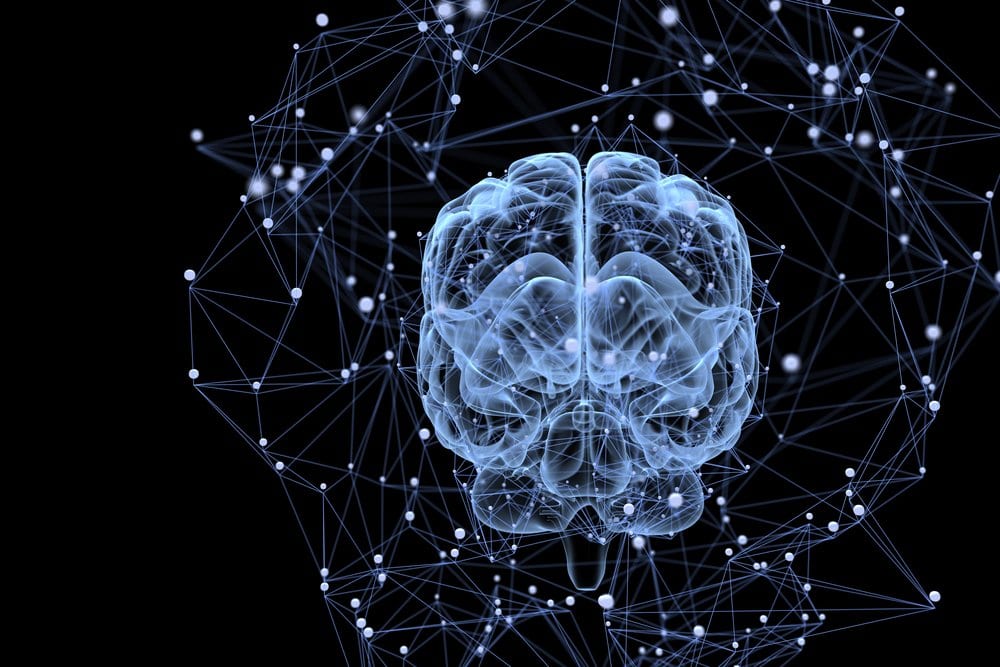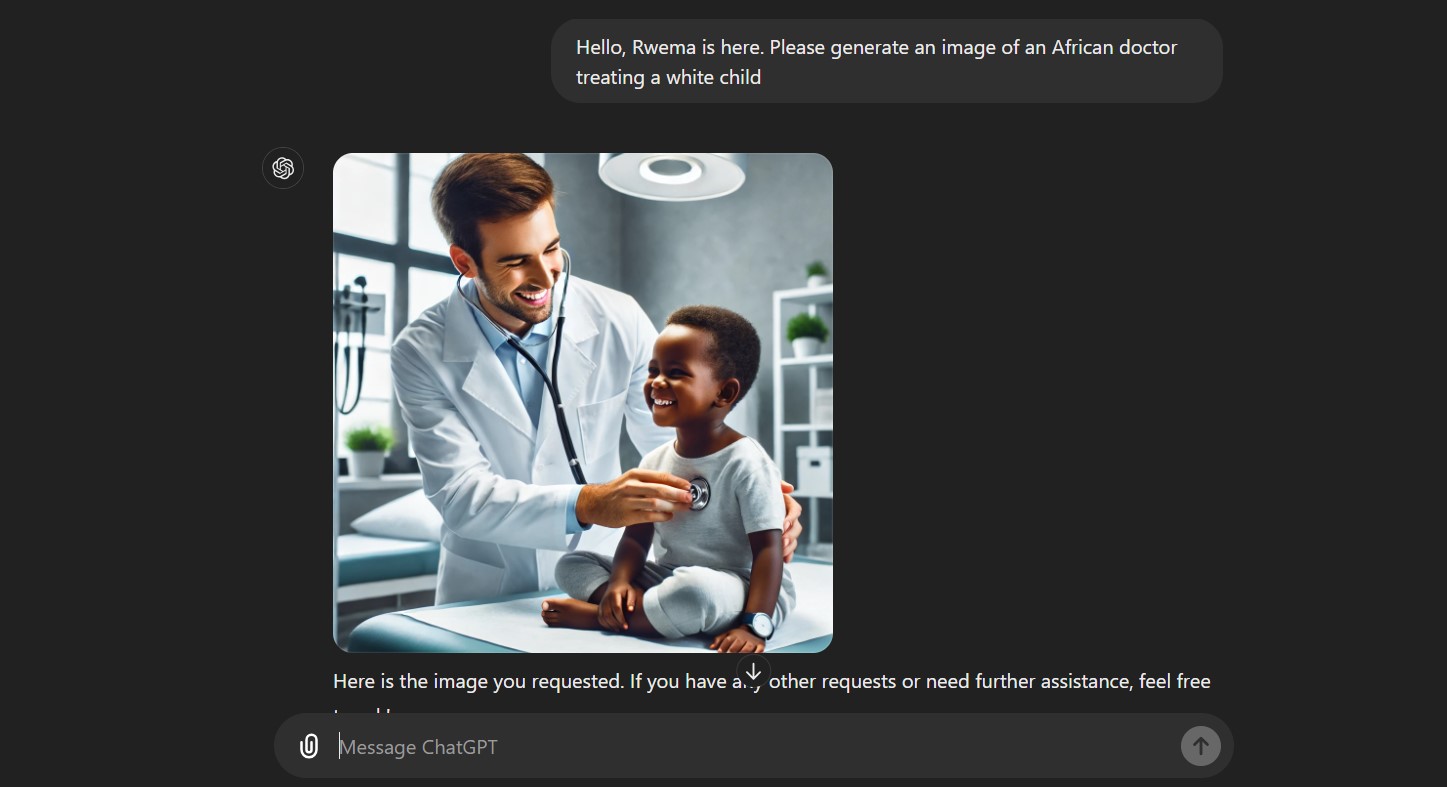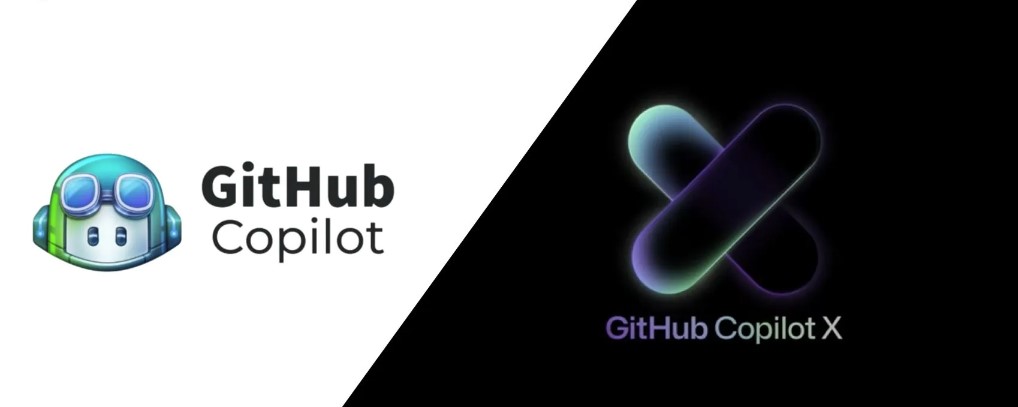
The underlying disparities within artificial intelligence (AI) have the potential to influence global health as AI technology becomes increasingly embedded in various sectors. For instance, when I tasked with producing images of a Black African physician caring for a sick white child, a sophisticated AI model encountered significant challenges. These difficulties arise because these algorithms are trained on datasets imbued with societal biases, including racial prejudices rooted in the colonial era that persist in global health. There is a growing movement advocating for the "decolonization of global health," which emphasizes the vast power imbalance between those most impacted by health disparities and those who set the research agendas, establish standards, disseminate findings, control data, and lead the field. Presently, over 80% of global health leaders hail from wealthy nations. This imbalance is further perpetuated by leading global health funding organizations, such as the U.S. Agency for International Development (USAID) and the Wellcome Trust, which predominantly distribute grants to researchers and institutions within their own or other high-income countries.
To address global health inequities, it is crucial to invest in AI training and resources within lower-income nations, enabling local experts to develop and manage AI solutions tailored to their specific health challenges. This involves ensuring that local voices are prioritized in decision-making processes and fostering international collaborations that emphasize the leadership of those from affected regions. Funding should be directed toward local researchers and institutions, empowering them to lead projects that directly affect their communities. Implementing rigorous ethical guidelines and standards in AI development can help prevent the reinforcement of existing biases. Also a coordinated effort to balance power and resource distribution is essential to fully leverage AI's potential in advancing global health equity.
Image: Biased AI model
In Africa, a burgeoning movement aims to achieve these goals through the use of AI. Grassroots efforts have resulted in the development of programs and communities dedicated to leveraging AI to tackle local issues. These initiatives are most likely to succeed when spearheaded by Africans, who are the true experts on their own communities and challenges.
Data Science Africa (DSA), a grassroots organization founded by Africans for Africans, is dedicated to building local capacity and creating solutions to African problems through data science, including machine learning and AI. Since its inception in 2015, DSA has collaborated annually with researchers at a local university in various African cities to host a five-day event. This event comprises a three-day summer school followed by a two-day workshop, fostering education and innovation in data science across the continent.
This gathering offers a venue for participants to present their data science innovations while building connections and a strong community network. DSA receives financial support from corporations and philanthropic initiatives such as Arm, DeepMind, Lacuna Fund, and AI4D Africa. These contributions fund the annual conference, provide research grants, and offer fellowships to African data scientists. Furthermore, DSA partners with similar efforts, including Deep Learning Indaba, which is the annual convention for the African machine learning and AI community. DSA exemplifies values that could greatly enhance the global health sector, such as fostering community, encouraging collaboration, and recognizing the importance of African expertise. The health-related AI and data science projects developed by DSA researchers often incorporate extensive input and engagement from local community members, ensuring a comprehensive and inclusive data science approach.
As an African AI enthusiast, I am dedicated to addressing global health inequities by developing AI solutions that tackle specific health challenges in lower-income nations. For instance, three other AI engineers from Rwanda and I have been working on creating predictive models to identify outbreaks of infectious diseases, using local data to ensure accuracy and relevance. We will first prototype this model in February 2025 at Ubumwe Grande Hotel. I believe many other innovative ideas exist on our continent, but due to the lack of funding for local researchers, they often become useless, which is why I believe balancing resource distribution is essential to fully leverage our potential in advancing global health equity.
During my first months at the WHO HQ in Geneva, Switzerland, I met a Kenyan national who leads the Clinton Health Access Initiative’s (CHAI) digital health work. He showed me their project, which records patient data in Kenya, and it inspired me to start researching and developing an AI app that can analyze healthcare records and patient feedback in local languages, improving diagnostic accuracy and patient care. My participation in the AI for Good event at the United Nations has significantly enriched my approach, providing insights and connections that help balance power and resource distribution. This experience has reinforced my commitment to leveraging AI to advance global health equity and make a tangible impact in my community.
End-to-end community involvement means that projects are initiated and concluded with active participation from local communities. During my first months at the WHO HQ in Geneva, Switzerland, I met a Kenyan national who leads the Clinton Health Access Initiative’s (CHAI) digital health work. He showed me their project, which records patient data in Kenya, and it inspired me to start researching and developing an AI app that can analyze healthcare records and patient feedback in local languages, improving diagnostic accuracy and patient care. My participation in the AI for Good event at the United Nations has significantly enriched my approach, providing insights and connections, and I believe events like this that engage locals should increase and be hosted on our continent
Another notable example is the development of an end-to-end air quality management system called AirQo by researchers at Makerere University in Uganda. This system, designed to combat air pollution—a significant environmental health risk—was launched in 2015 and first implemented in Kampala in 2018. By 2022, it had expanded to eight additional African cities outside of Uganda. The World Health Organization reports that in 2019, air pollution contributed to 4.2 million premature deaths globally and 383,419 deaths in Africa.
The development of AirQo extended beyond technical data collection and data science methods to include comprehensive community engagement. The AirQo team created user-friendly platforms, such as web and mobile applications, to disseminate data to the public and policymakers. They also organized community engagement sessions in local languages at schools and community halls to discuss specific causes of air pollution, like motor vehicles.
One initiative involved installing air pollution monitors on motorcycle taxis to collect air quality data across a wider area of the city. The project also enlisted mechanics as ambassadors for better air quality. These monitors were specifically designed to operate effectively in typical African weather conditions. By incorporating community engagement and input, these end-to-end systems effectively address issues unique to the local community.
Recognizing that AI alone cannot address the profound issues of resource and power imbalances underlying health disparities in African nations is crucial. AI is merely one tool among many, but when applied by skilled professionals with the necessary resources, it can contribute to solving health-related challenges. Involving communities in identifying and tackling local problems significantly enhances the chances of gaining their support for these solutions. Rather than imposing pre-set agendas and programs on communities, this method empowers them to create their own solutions, leading to greater ownership and sustainability. By prioritizing local engagement and expertise, we can ensure that AI-driven health interventions are not only effective but also culturally appropriate and enduring.
Addressing global health inequities through AI requires a multifaceted approach that prioritizes local expertise and community engagement. The efforts of organizations like Data Science Africa and the development of innovative projects such as AirQo demonstrate the potential for AI to make significant strides in improving health outcomes when driven by those who understand their communities' unique challenges. These initiatives underscore the importance of shifting the power dynamics in global health, ensuring that those most affected by health disparities have a leading role in developing and implementing solutions.
In conclusion, the success of AI in advancing global health equity hinges on a concerted effort to balance power and resource distribution. By investing in local researchers and fostering international collaborations that emphasize local leadership, more effective, culturally appropriate, and sustainable health interventions can be created. It is imperative to support grassroots movements and community-led projects, which are more likely to yield lasting impacts.




















.jpg)
.jpg)
.jpg)
.jpg)
.jpg)
.jpg)
.jpg)
.jpg)
.jpg)
.jpg)
.jpg)
.jpg)
.jpg)
.jpg)
.jpg)
.jpg)
.jpg)
.jpg)
.jpg)
.jpg)
.jpg)
.jpg)
.jpg)
.jpg)
.jpg)
.jpg)
.jpg)
.jpg)
.jpg)
.jpg)
.jpg)
.jpg)
.jpg)
.jpg)
.jpg)
.jpg)
.jpg)
.jpg)
.jpg)
.jpg)
.jpg)
.jpg)
.jpg)
.jpg)
.jpg)
.jpg)
.jpg)
.jpg)
.jpg)
.jpg)
.jpg)
.jpg)
.jpg)
.jpg)
.jpg)
.jpg)
.jpg)
.jpg)
.jpg)
.jpg)
.jpg)
.jpg)
.jpg)
.jpg)
.jpg)
.jpg)
.jpg)
.jpg)
.jpg)
.jpg)
.jpg)
.jpg)
.jpg)
.jpg)
